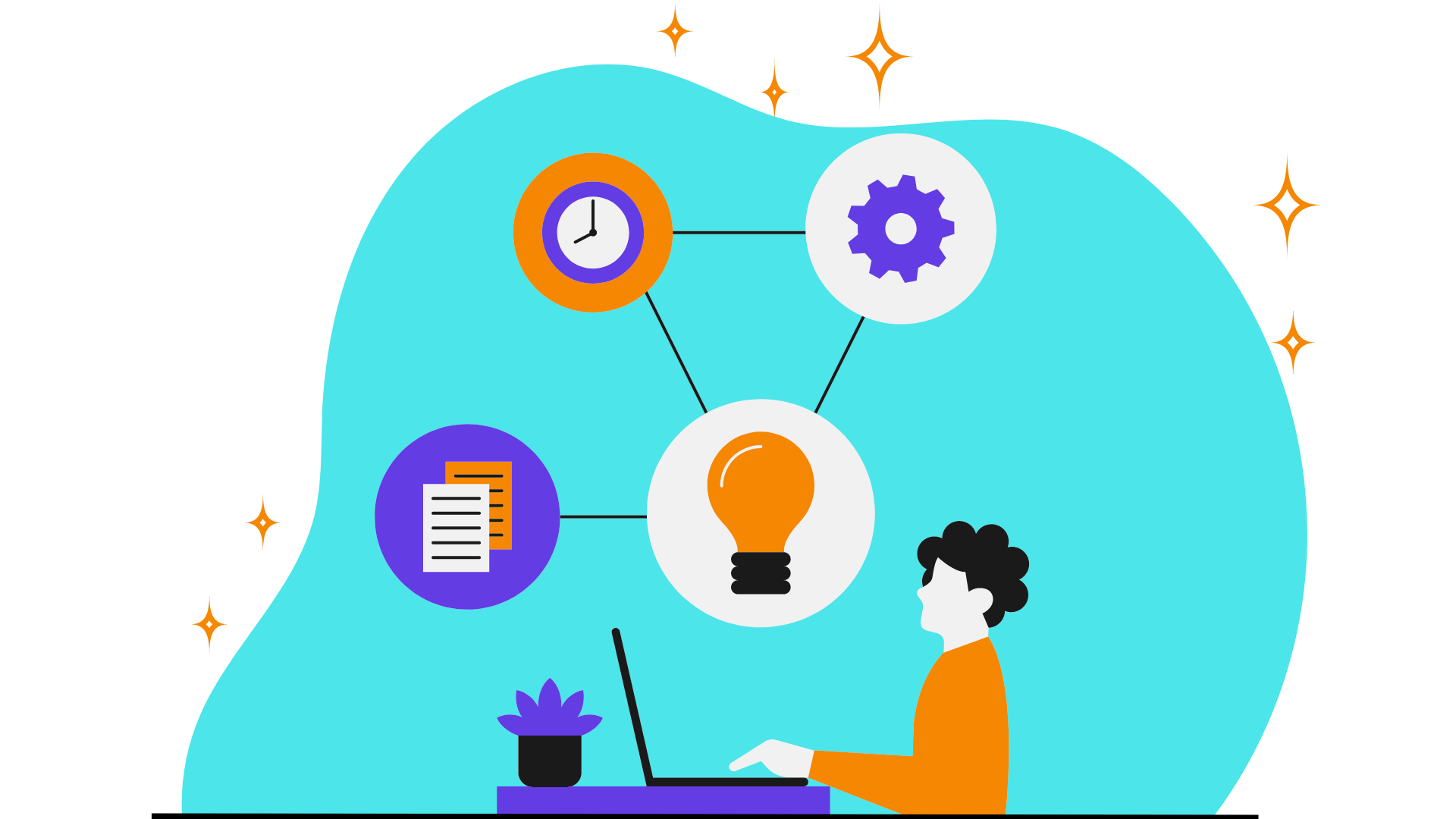Курси по темі
Всі курсиСередній
Django: Build Your First Website
This exciting course is designed for those who aspire to learn web development and create their own website using the powerful Django framework with the Python programming language. From the basics to advanced functionalities, the course offers everything you need to successfully launch your first web project.
Середній
Flask Intensive Course: Web Development with Python
You will face 100% hands-on practice and complete the project by the end of the course. This course is perfect for those who have never worked with Flask before. You will acquire the expertise to effectively utilize Flask for your project development needs. You will embark on a journey to create your initial application, mastering the fundamentals, and progressively enhancing your project to unlock its full potential. I will guide you step-by-step during the course.
Просунутий
Backend Development with Node.js and Express.js
Learn to build backend applications with Node.js and Express.js. Set up your environment and create your first Node.js apps. Work with the file system and build simple console tools. Use Express.js to build web apps, handle routes, and manage requests.
Top 5 Languages for Backend Development in 2024
A Comprehensive Guide

As we navigate through 2024, the world of backend development continues to evolve with the advent of new technologies and methodologies. In this dynamic environment, certain programming languages have distinguished themselves as essential tools for developers. These languages offer a combination of performance, ease of use, and flexibility, making them indispensable in the realm of backend development. Here’s an in-depth look at the top five languages currently shaping this field.
Python
Python remains a dominant force in backend development, valued for its simplicity, readability, and a wide array of powerful frameworks like Django and Flask. It’s particularly suited for data-intensive applications, thanks to its robust data handling capabilities and extensive libraries for data analysis, machine learning, and AI.
Java
Java, with its long-standing presence in the industry, continues to be a staple for backend development. Known for its portability, robustness, and scalability, Java is a preferred choice for enterprise-level applications. Frameworks like Spring Boot and Hibernate further enhance its applicability in building resilient and efficient backend systems.
Run Code from Your Browser - No Installation Required

JavaScript (Node.js)
JavaScript, through the Node.js runtime, has revolutionized backend development with its non-blocking, event-driven architecture. This has made it particularly effective for building scalable and high-performance web applications. Its vast npm ecosystem offers an array of tools and libraries, making Node.js a versatile choice for backend developers.
Go (Golang)
Go, or Golang, designed by Google, is known for its simplicity and efficiency. It excels in building high-performance and scalable backend systems, particularly in the context of microservices and cloud-native development. Go’s strong concurrency support and efficient memory management make it an increasingly popular choice among backend developers.
Ruby (Ruby on Rails)
Ruby, particularly with the Ruby on Rails framework, remains a popular choice for rapid application development. Its convention-over-configuration philosophy allows developers to build applications quickly and efficiently. While it may not be as performant as some other languages on this list, its developer-friendly nature and strong community support make it a viable choice for many web-based projects.
Start Learning Coding today and boost your Career Potential

Conclusion
The choice of a backend language is influenced by various factors, including application requirements, scalability needs, and developer expertise. Python and JavaScript are versatile choices for a wide range of applications, Java and Go offer robust solutions for enterprise-level systems, and Ruby remains a strong candidate for rapid development projects. As backend technology continues to evolve, these languages are well-poised to address the challenges and opportunities that lie ahead.
FAQs
Q: What makes Python a preferred language for data-intensive backend applications?
A: Python’s extensive libraries for data manipulation, analysis, and machine learning, combined with its readability and simplicity, make it ideal for handling data-intensive tasks. Frameworks like Django and Flask also provide robust support for building data-driven backend systems.
Q: How does Java maintain its relevance in modern backend development?
A: Java's time-tested robustness, portability, and scalability, coupled with a vast ecosystem and continuous updates, maintain its relevance. Frameworks like Spring Boot and microservices architecture have kept Java in step with modern backend development trends.
Q: What are the advantages of using Node.js for backend development?
A: Node.js offers a non-blocking, event-driven architecture that’s ideal for building efficient, scalable web applications. Its use of JavaScript for both frontend and backend development streamlines the development process, and its large npm ecosystem provides an extensive range of tools and libraries.
Q: Why is Go becoming a popular choice in backend development?
A: Go’s simplicity, efficient concurrency handling, and performance optimization make it well-suited for high-performance backend applications, especially in microservices and cloud-native development environments.
Q: Is Ruby on Rails still a good choice for new backend projects?
A: Ruby on Rails is an excellent choice for rapid development projects due to its emphasis on convention over configuration. While it might not match the performance of languages like Go or Java, its ease of use and extensive library support make it a practical choice for many web-based applications.
Курси по темі
Всі курсиСередній
Django: Build Your First Website
This exciting course is designed for those who aspire to learn web development and create their own website using the powerful Django framework with the Python programming language. From the basics to advanced functionalities, the course offers everything you need to successfully launch your first web project.
Середній
Flask Intensive Course: Web Development with Python
You will face 100% hands-on practice and complete the project by the end of the course. This course is perfect for those who have never worked with Flask before. You will acquire the expertise to effectively utilize Flask for your project development needs. You will embark on a journey to create your initial application, mastering the fundamentals, and progressively enhancing your project to unlock its full potential. I will guide you step-by-step during the course.
Просунутий
Backend Development with Node.js and Express.js
Learn to build backend applications with Node.js and Express.js. Set up your environment and create your first Node.js apps. Work with the file system and build simple console tools. Use Express.js to build web apps, handle routes, and manage requests.
The SOLID Principles in Software Development
The SOLID Principles Overview
by Anastasiia Tsurkan
Backend Developer
Nov, 2023・4 min read

30 Python Project Ideas for Beginners
Python Project Ideas
by Anastasiia Tsurkan
Backend Developer
Nov, 2023・5 min read

Coding for Beginners The Ultimate Guide on How to Start
Road map for beginer
by Anastasiia Tsurkan
Backend Developer
Nov, 2023・10 min read

Зміст